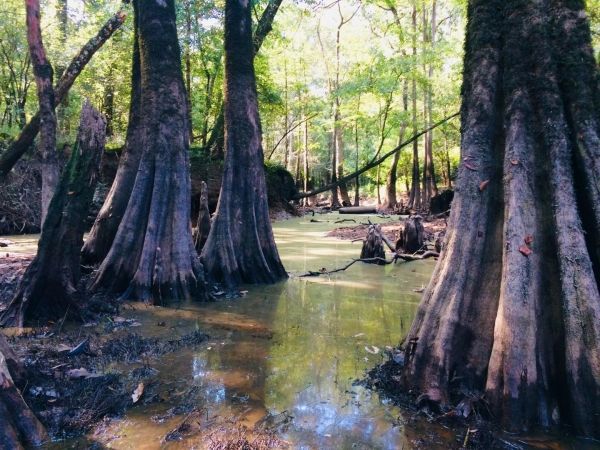Most coastal cities and ports face a double threat from storm surge and river flooding. Infrastructure development along waterways and sea-level rise increase vulnerability for these communities. In a recent publication, The Propagation of Fluvial Flood Waves Through a Backwater-Estuarine Environment, historical data is examined to determine how to reduce the risk of coastal river flooding to communities.
Usually, in rivers, large flooding events move from upstream to downstream faster than small events. This study identified a different model by tracking flooding events as moved from the river to the coastal ocean. The river delta, which is common in many natural systems, turned out to be very important for understanding when and where flooding is likely to happen.
Using years of observations (in some cases nine decades of data), this study found that the Tombigbee-Alabama Delta (also known as the Mobile-Tensaw Delta) delays and reduces flooding for cities along the delta and bay. Amazingly, this effect is largely caused by the vegetation that naturally occurs in the delta.
Read more at Dauphin Island Sea Lab
Image: A ground-level view of the Tombigbee-Alabama Delta. (Credit: Steve Dykstra, Dauphin Island Sea Lab)


